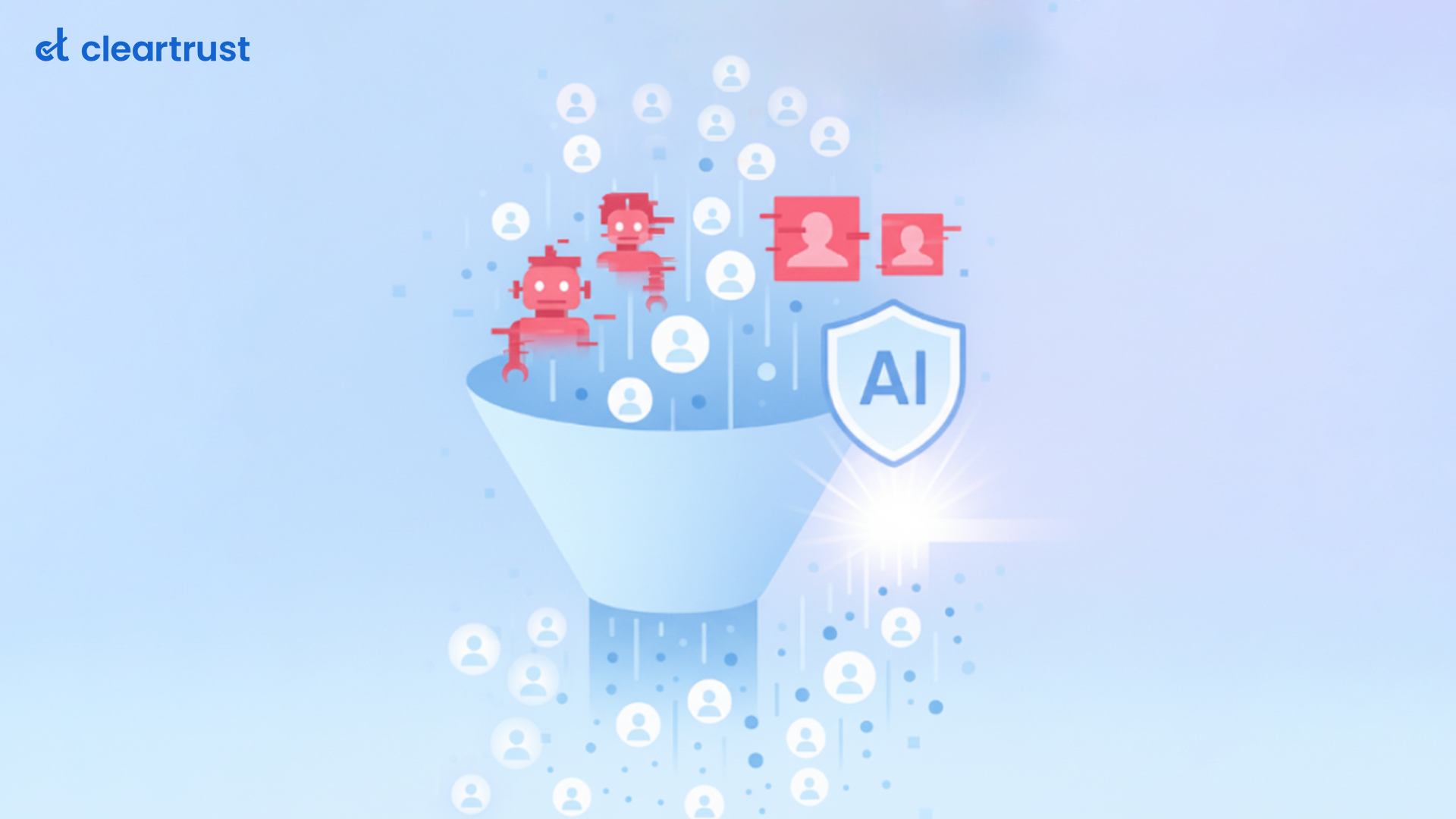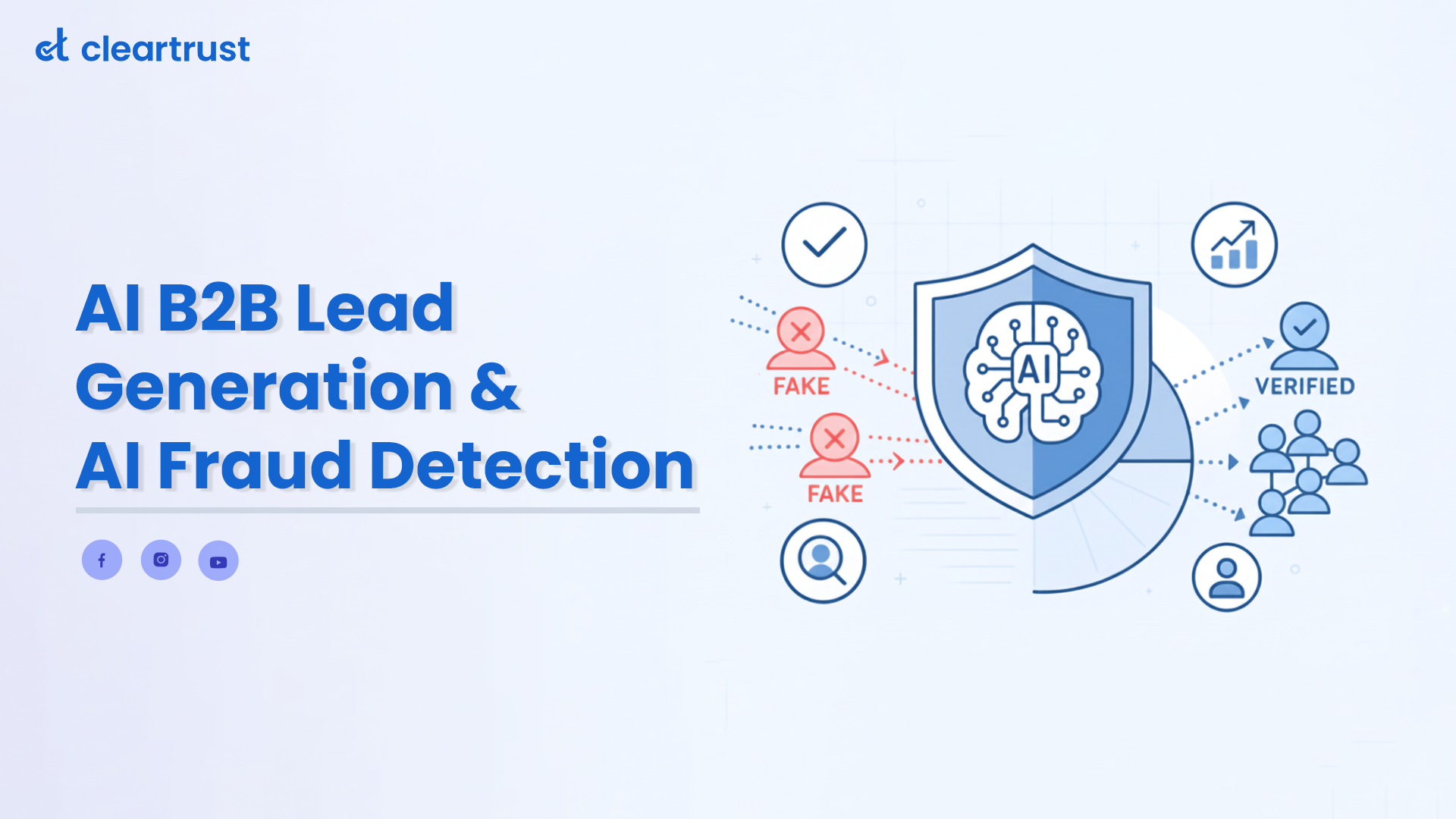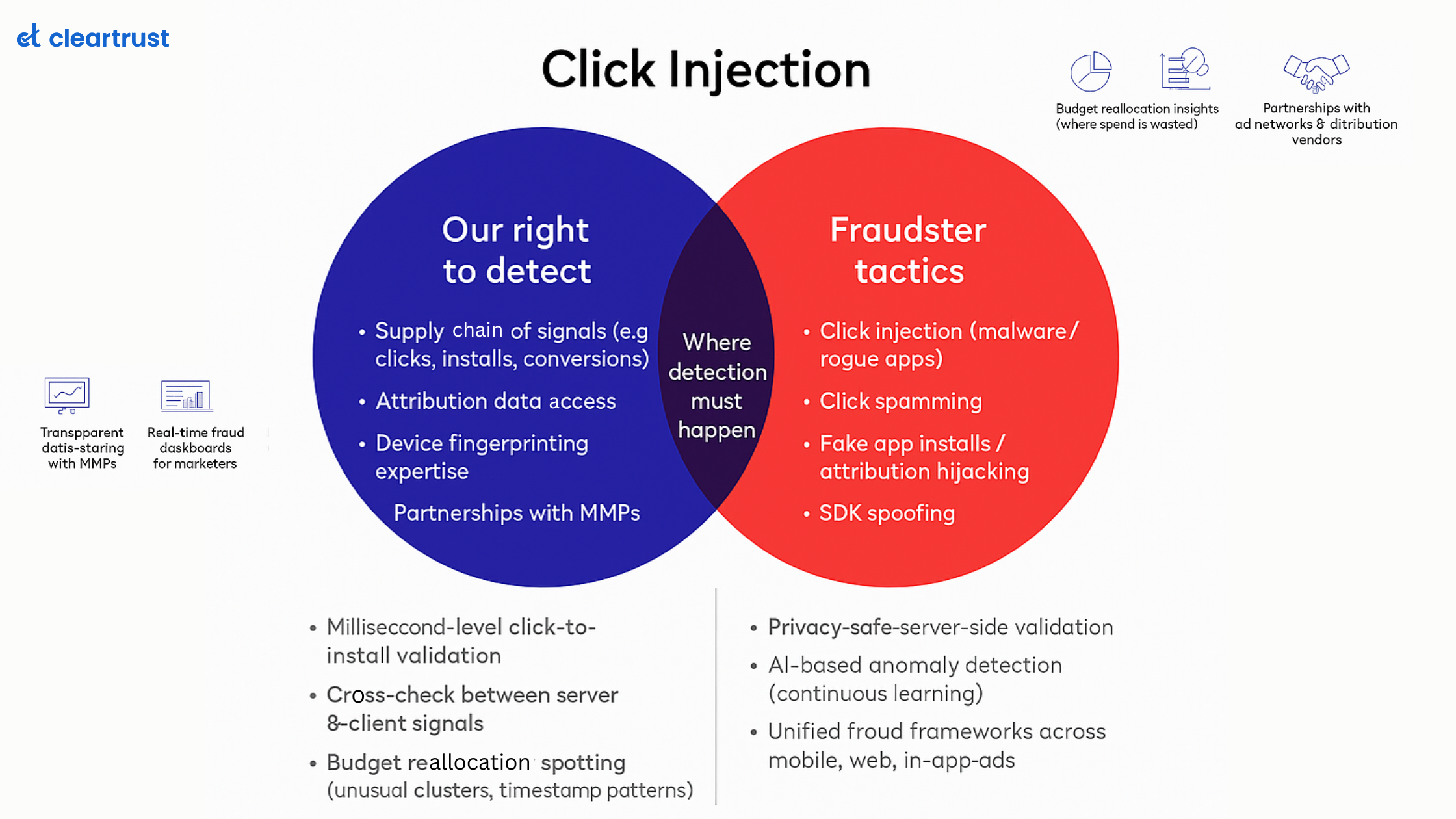Lead generation is the fuel that keeps your business engine running. Without leads, there are no sales. Without sales, there is no business.
In today’s competitive digital landscape, AI B2B lead generation is revolutionising how businesses get leads. Most of the companies are reporting a 50%+ increase in sales-ready leads and a 60% cost reduction using AI-powered tools; traditional methods can’t keep up.
Fake and low-quality leads are a constant drain on marketing budgets. The only way to win this fight is by combining top-tier offense and defense. Rely on the best lead generation tools that use AI for automating prospecting and personalization. And more importantly, integrate robust fraud prevention tools directly into the stack to detect and neutralize emerging AI frauds and low-quality submissions in real-time.
This blog explores how AI B2B lead generation is transforming while uncovering the growing challenge of fraud and helps businesses prevent AI frauds.
What is Lead Generation Fraud?
Lead generation fraud isn't just a leak; it's a budget drainer driven by bots and fake identities that utterly cripples lead qualification. With the rise of AI B2B lead generation, the stakes are higher than ever, as even sophisticated threats like AI-assisted form-filling flood your pipeline. The fix? A powerful defense! You need data enrichment to instantly validate prospects and dynamic behavioural analytics to sniff out suspicious patterns, ensuring only high-quality, legitimate leads land in your sales team's hands.
Lead generation fraud happens when fraudulent or low-quality leads, commonly created by bots, stolen data, or AI-assisted form-filling, enter a company's funnel. These fake submissions skew campaign data, squander marketing resources, and confuse sales teams by presenting leads with no real intent.
To address this, businesses use data enrichment, behavioural analytics, and advanced verification tools to spot anomalies, validate intent, and ensure that only genuine, high-quality leads enter the sales funnel.
Types of AI frauds in Lead Generation

- Bot-generated leads:
This is a high-volume, sophisticated threat. Automated scripts use machine learning to mass-fill forms, generating leads with fake private data and forged identities. These AI-created profiles look genuine but hold zero purchase intent. The result: skewed analytics and sales teams wasting crucial time.
- Deepfake social bots:
AI-generated personas appear to be interested in products or demos by copying actual users on social media like LinkedIn and email. These fake profiles waste marketing funds and undermine confidence in real customer data by tricking sales teams, distorting statistics, and damaging CRM systems with fraudulent leads.
- Affiliate fraud:
Fraudulent affiliates use AI-driven bots and scripts to create fake clicks, leads, or form submissions to make it appear as if they are maintaining stellar performance. These simply inflate commission payouts without actually creating valid customers or conversions, thereby depleting marketing budgets and the trust in affiliate networks and campaign performance data.
- AI-enhanced phishing
AI uses public data analysis and human-like copywriting to create highly tailored, persuasive emails and communications. Targets are tricked into clicking on dangerous links or disclosing financial information or passwords. These adaptable, scalable attacks evade filters and take advantage of trust, making detection and user training much more challenging.
How businesses can prevent fraud in AI B2B lead generation

- Recheck your lead sources: It is essential to properly validate your lead sources using a variety of techniques, such as behavioural analytics, phone/email validation, and CAPTCHA/reCAPTCHA, to ensure that the leads you have gathered are legitimate and could potentially become future customers.
- Monitor the Traffic Quality: To filter out invalid leads before they enter your sales funnel, it is essential to use data enrichment tools and track IP reputation, geolocation, and user behaviour analytics to help identify bot traffic, proxy clicks, or incentive entries. Use tools like TQI Score to prevent your channel from invalid traffic or any ad fraud.
- Keep an eye on conversions after lead submission: To find AI-driven lead generation fraud, you need to keep an eye on conversions after a lead has been submitted. Use lead qualification systems that help sales teams in giving priority to authentic, sales-ready leads and discard fake or unqualified ones.
- Educate sales and marketing teams: Educating sales and marketing teams on AI fraud protection and data enrichment is crucial for reducing the risk in AI B2B lead generation. Regular training enables teams to identify suspicious patterns, detect fake leads, and understand the latest fraud strategies employed by bots and criminal actors.
- Use fraud detection tool/ software: Use fraud detection solutions like ClearTrust, which uses adaptive learning to continuously analyse traffic patterns and identify fake and invalid leads before entering CRM, accurate lead qualification, and maximized ROI and sparing you from wasted ad spend.
The Smarter Way to Manage AI Lead Quality

AI is revolutionising how businesses attract and convert leads; however, without safeguards, it also opens the door to AI fraud. As your B2B lead generation activities grow, maintaining lead quality and traffic authenticity becomes vital.
That's where ClearTrust comes in.
Our fraud detection platform continuously analyses traffic quality, detecting invalid clicks and false submissions in real-time. It eliminates fraudulent and low-quality leads that protect the marketing ROI, enhances your lead qualification and keeps your funnel clean for conversion.
ClearTrust not only automates lead generation but also makes it smarter, safer, and more effective.
FAQ’s
- How does AI help prevent fraud in B2B lead generation?
AI detects anomalies, invalid clicks, and fake submissions in real-time using pattern recognition and behavioral analytics, helping businesses improve lead qualification and protect marketing ROI. - What are the common types of AI fraud in lead generation?
Common AI fraud types include bot-generated leads, incentivized fake entries, lead duplication, algorithm manipulation, stolen data submissions, and deep fake social bots. - Can AI B2B lead generation tools help improve lead quality? Yes, there are AI tools that analyze data in real-time to identify genuine prospects, verify lead authenticity, and filter out fraudulent or low-quality leads, streamlining your sales funnel and boosting conversion rates.
- How is AI used to prevent fraud? AI fraud detection is the use of machine learning techniques to spot and prevent fraudulent activity by analyzing big datasets and recognizing patterns that suggest fraud.








